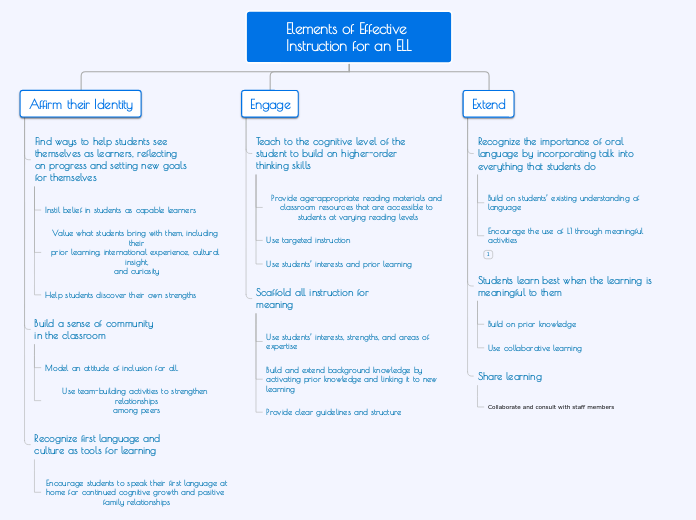jonka Melissa Mitchell 5 vuotta sitten
248
Tree organigram
Effective instruction for English Language Learners (ELLs) hinges on making learning meaningful, incorporating collaborative approaches, and valuing students' prior knowledge. Emphasizing the role of oral language, teachers should integrate speaking activities into all aspects of learning.









